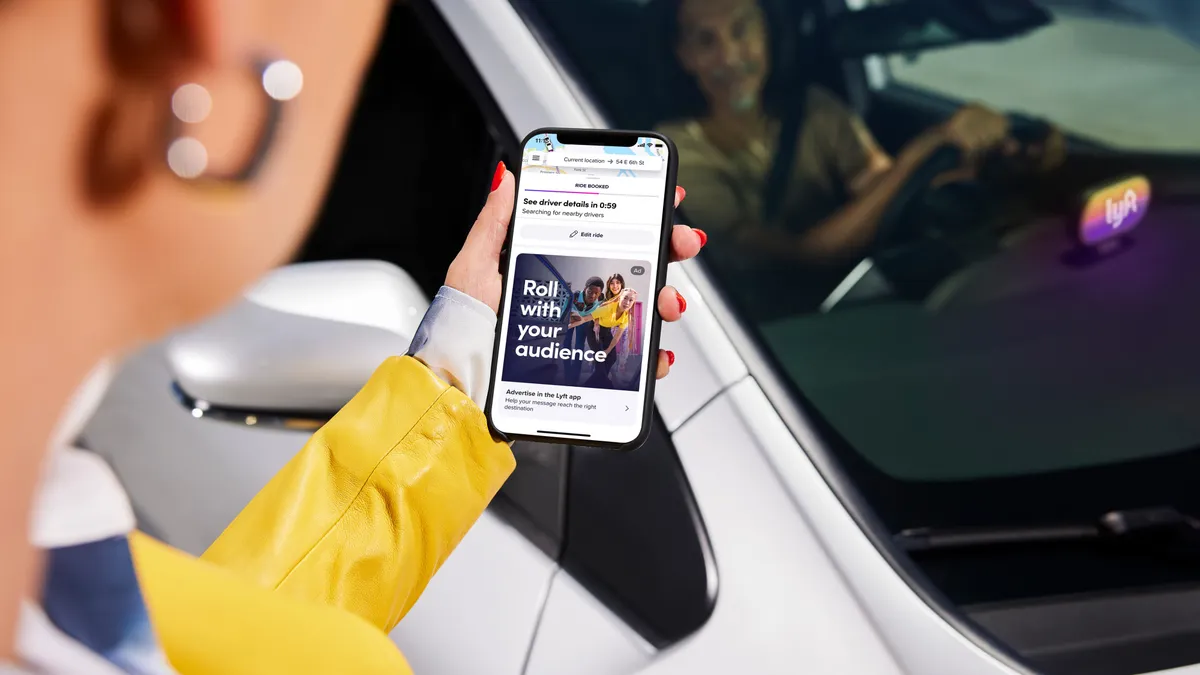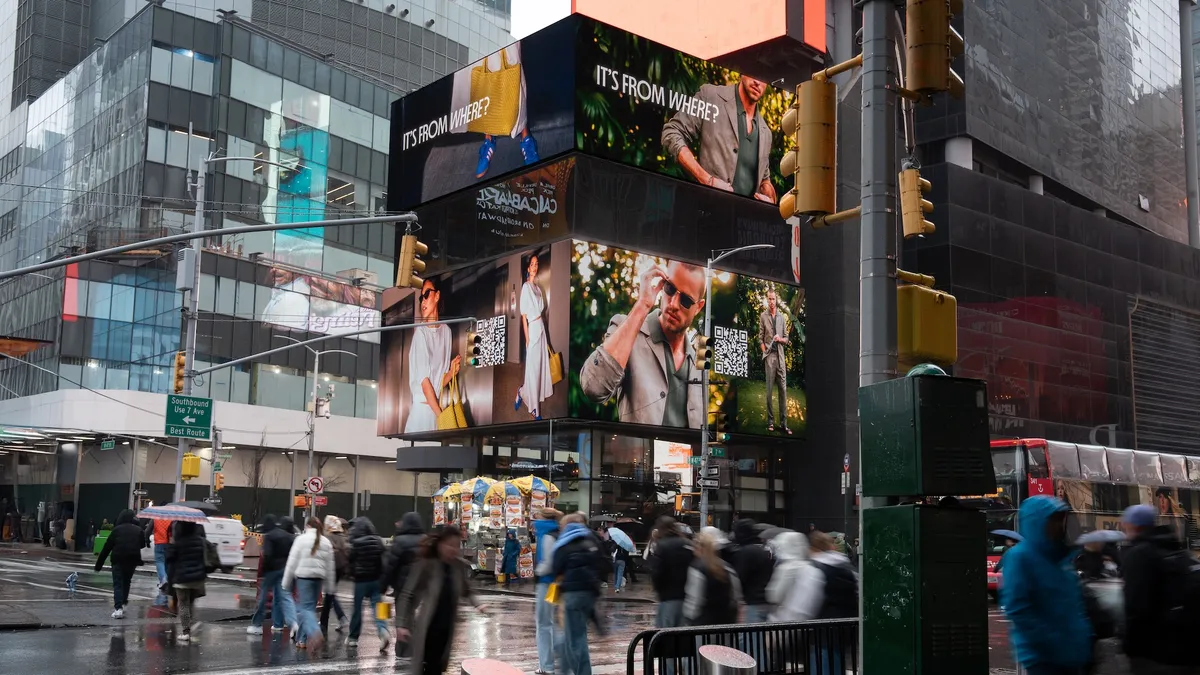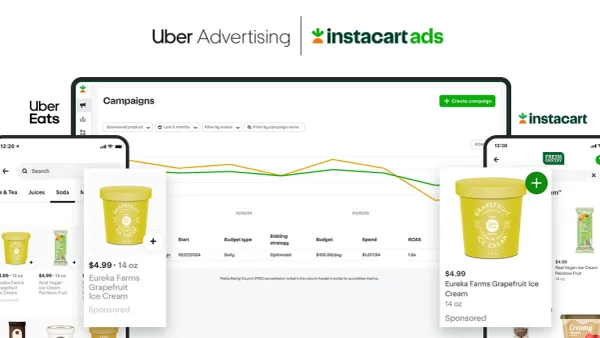Editor's Note: The following is a guest post from Brett Hyman, president of NVE Experience Agency.
As marketers, we're used to fighting the fear of missing out — always connecting, watching and following the conversation to ensure we're not whiffing on valuable opportunities. But when it comes to trends in marketing, it's important to realize the distinction between the ones worth exploring and the ones that may have run their course.
After all, marketing trends evolve — not because fads die, but because companies discover better ways to attract and retain consumer attention. Marketers who can pre-emptively build strategies that align with up-and-coming tactics will be better positioned to catch consumers' eyes and position themselves for success.
Here are a few trends I think marketers will leave behind this year:
1. Off-target emotional appeals
Throughout 2017, we saw brands joining in political and social conversations, from Audi's Super Bowl commercial highlighting gender roles to M&M's "Fans of Wind" campaign spreading awareness on climate change.
In some cases, this worked exceptionally well with consumers, who want brands' messages to be both "emotionally resonant and keyed into modern society." But crafting an effective emotional appeal is both an art and a science, requiring a deep understanding of demographics, customer values and the nuances surrounding social and political issues.
Politics won't go away — that much is undeniable — but into the new year, I anticipate that brands will approach the subject more carefully. In these exceptionally heated times, it's more important than ever to strike the right tone. Marketers should resist the urge to comment on a hot-button issue for the sake of it and get involved only when doing so aligns with their brand's values and avoids alienating their most valuable customers.
2. Chasing the quick win
More than 61% of consumers enjoy humorous marketing messages, and most are more likely to share funny content. Perhaps that's why Twitter users have been inspired to share Wendy's cheeky repartee across the internet.
That said, internet fame is fleeting and fickle, which is why "going viral" is not a sustainable strategy. If a brand isn't gaining new business from a viral following, the quick win doesn't amount to much. All strategies and tactics should impact the greater brand narrative.
In 2018, marketers will likely steer away from gaining an inflated following that's grounded in gimmicks and turn toward making content that is shareable, valuable and culturally tuned-in when appropriate. Brands should focus on the true impact of their messaging: building campaigns that capture results and lead to actual conversions, rather than ones that simply produce vanity shares and metrics.
3. Influencers as transactional relationships
Influencer marketing, when done right, yields great results, but 78% of marketers still struggle to prove the return on their influencer strategies, according to research. Furthermore, thanks to new Federal Trade Commission regulations on brand-sponsored content, influencers no longer appear as unbiased as they once did. When celebrities throw #sponsored on posts, consumers see through the content to the ad beneath. The FTC won't hesitate to fine brands for bending the new rules, and consumers won't think twice about ditching brands with inauthentic influencer campaigns. In 2018, marketers can't afford to cross either line.
There's a reason that brands like LaCroix have built relationships with true tastemakers and influencers who are authentically invested in them. When brands work with people who are already fans, consumers will see the influencer as a natural extension of the brand and, ultimately, more trustworthy.
That's what cognac brand Hennessy achieved when it struck up a partnership with rapper Nas, pulling the insight that the performer had been rapping about the brand since his initial album, "Illmatic." Similarly, NVE orchestrated a strategic relationship with influencer Emily Ratajkowski for Budweiser's "Bud and Burgers" campaign, knowing she is a longtime Dodgers fan and Angeleno.
Upping the marketing game in 2018
As these trends quickly become old hat, marketers' No. 1 priority this year should be continuing to evolve with consumers' changing preferences and behaviors. These four trends will offer value in that endeavor:
1. Consumers as powerful brand megaphones
The value of word-of-mouth advertising is not new, but in 2018, we'll see more brands stepping aside to let their most valuable consumers sing their praises rather than relying on paid media and traditional advertising. Glossier is a testament to just how effective an army of brand advocates can be.
Founder Emily Weiss estimates that the company owes 90% of its revenue to the "Glossier girls." These fans are everyday consumers, not super influencers, who truly believe in the brand's mission and story and engage with Glossier organically on Instagram, Slack and at pop-up events. The brand's blog "Into the Gloss" has amassed a huge following by offering relatable content surrounding daily beauty routines. These organic, peer-to-peer and earned sources accounted for nearly 80% of Glossier's sales in 2016. In 2018, other companies would be wise to take a page from its book.
2. Even more AI
Artificial intelligence became more popular last year, but 2018 will see an even bigger leap. Marketers must use machine learning to fine-tune their targeting processes and get more from their budgets.
3. Less millennial focus
Millennials might make more purchases, but they're still only one segment of the population — and a new segment, Gen Z, will make up 40% of all consumers by 2020. Brands should pay attention to how the new generation's tastes differ from those of their older siblings to keep content relevant.
4. Experiences over everything
Seventy-eight percent of millennials prefer experiences to products, and according to Mike Benson, head of marketing at Amazon Studios, "More and more, it's all about the experience."
As the head of an experiential marketing agency, I believe that the intricacies of an event will continue to evolve and as more robust data analytic technologies surface, marketers will have more means to measure and prove the true value of an event, thus revealing a greater recognition of experiential as a prime marketing vehicle.






















